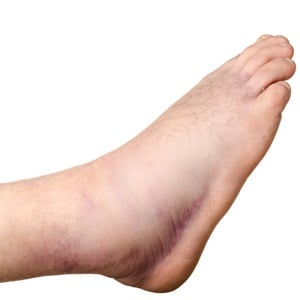
Travelling long distances in cars and planes over the holidays could put you at risk for deep vein thrombosis – potentially deadly blood clots in the deep veins of the lower legs and thighs, an expert says.
Sitting for long periods of time in cramped spaces can limit circulation in the legs, resulting in the formation of a blood clot. The clot can travel through the blood stream and lodge in the lungs, brain, heart and other areas. This can lead to severe damage to organs and possibly death.
However, it's easy to prevent deep vein thrombosis.
Read: Prevent blood clots when flying
"If you plan to travel overseas or cross country, make sure you get up and walk around at least every two hours, and try not to sleep more than four hours at a time," Dr Alan Lumsden, chief of cardiovascular surgery at Houston Methodist Hospital's heart and vascular centre, said in a hospital news release.
"Drink plenty of water or juices, wear loose-fitting clothing, eat light meals and limit alcohol consumption," he added.
Compression stockings
Elderly people and those with circulation problems should wear compression stockings that help prevent clots from forming in the deep veins, Lumsden suggested.
If you can't get up and move around every couple of hours, you can do the following exercises while sitting down:
Read: Danger lurking in your veins
Extend both legs and move both feet back and forth in a circular motion. Move the knee up to the chest and hold the stretch for at least 15 seconds. Put both feet on the floor and point them upward. Also, put both feet flat and lift both heels as high as possible.If you are pregnant or have a history of heart disease, cancer or blood clots, you should always consult with your doctor before going on a long trip, Lumsden advised.
Moving around
About 2 million Americans develop deep vein thrombosis every year, and nearly 200 000 die. "It's a very serious condition that can simply be avoided by getting up and moving around," Lumsden said.
"Symptoms include pain and tenderness, swelling, redness and increased warmth in one leg," Lumsden said. "In some cases, a physician might suggest that a patient go on deep vein thrombosis or simply take an aspirin before and during a long trip to avoid [deep vein thrombosis]."
More information
Leg pain signals deadly blood clots




 Publications
Publications
 Partners
Partners











